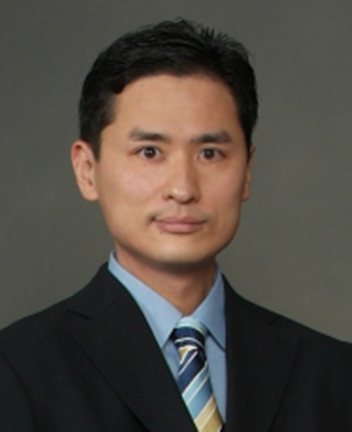Quantum Technology is considered to achieve innovation in secure communication, high performance computing, simulation, sensor, and metrology. However, the manufacturing challenges must be overcome to integrate quantum structures for real industrial applications, because of the extremely fragile character of quantum states subject to environmental disturbances like line-edge-roughness, thickness-non-uniformity, random dopant fluctuations, and interfacial defects. In this project, we will develop a manufacturing process technology of silicon nano-wire and manipulate single electron for quantum technologies. The primary goal of this project is to understand the transport mechanism in silicon nano-wire at the single electron level. This will be important for the application to new definition of the current. A ‘quantum’ redefinition of the SI system of physical units is presently under discussion, based on the fundamental physical constants of nature. The quantum hall resistance and the AC Josephson voltage effects provide accurate conversion from frequency-to-voltage and voltage-to-current via fundamental constants. As the SI electrical base unit is actually the current unit [Ampere], a further device is required, namely a frequency to current converter driven by an accurate timing signal. The single-electron pump is considered to be the most promising candidate for such a current standard, since the current can be simply expressed as the elementary charge multiplied by the frequency. The purpose of this project is to achieve the better performance of the Si based single-electron-pumps as a current standard. There are potential advantages of Si devices over GaAs on the nano-meter scale, for instance access to larger charging energy by the formation of a smaller quantum dot. This should enhance the robustness of the quantisation of trapped electrons against thermal agitation and other error mechanisms. Simultaneous operation of many parallel devices may also be possible through manufacturing technologies developed. Further study of Si systems fabricated by well-controlled manufacturing process in the University of Southampton and the state-of-the-art measurement techniques developed at NPL and NTT is highly desirable. We will also investigate about the future application of silicon nano-wire for quantum information processing. Silicon is one of the most pristine materials for a solid-state device, and it is suitable for mass production. Excellent cryogenic measurement facilities are available at RIKEN and the Tokyo Institute of Technology, where the PhD student will investigate the device for fundamental understanding the trapping/de-trapping process of single electron, which is also important for establishing reliabilities in LSI circuitry. We will address increased reliability problems on the failure of transistors in a scaled transistor due to random telegraph noises caused by single electron.

Shinichi Saito received the Ph. D. degree in the department of physics and applied physics from Waseda University (Japan), in 2000. From 1998 to 2000, he was a Research Associate at Waseda University, where he studied theoretical condensed matter physics of high temperature superconductivity and strongly correlated electrons systems. He joined Central Research Laboratory, Hitachi Ltd., in 2000, where he has been engaged in device physics and process technologies of silicon based nanoelectronic and nanophotonic devices. His works include high performance CMOS devices, carrier transport, high-k gate stacks, mobility enhancement, self-organized nanoparticles, flexible thin film transistors, and silicon photonics. He was a Senior Researcher of Hitachi Ltd. In 2003, he won the SSDM paper award for his analysis on the mobility reduction mechanism in high-k gate dielectric transistors. From 2010, he was also with Photonics Electronics Technology Research Association (PETRA) to develop Si based light sources supported by the JSPS FIRST program. In 2011, he won his 2nd SSDM paper award for the development of the Si fin-type light-emitting diode. In 2012, he has moved to the University of Southampton as a Professor of Photonics, where he is working in the Nano group for nano-photonics, nano-electronics, and device physics. He published 32 journal papers, 66 international conference papers including 15 invited talks, 59 Japanese domestic conference talks including 27 invited talks, and filed 21 patents. His research results have been press released more than 10 times.

Kouta Ibukuro is a graduate student at the School of Electronics and Computer Science, the University of Southampton. His PhD project aims to understand the transport mechanism in silicon nano-wire at the single electron level, which plays a crucial part in quantum-mechanical redefinition of the Ampere in the SI unit using the Si based single-electron-pumps. This project is funded by the Lloyds Regiter Foundation, EU EMPIR project, and UoS in collaboration with NPL, RIKEN, and NTT. Prior to his move to Southampton, he completed his BSc (Physics) program at the Department of Physics, Waseda University in Tokyo, Japan. He also spent an year in the UK as an exchange student at the Department of Physics and Astronomy, University College London, which was supported by a scholarship from Japan Student Services Organization (JASSO), affiliated to Ministry of Education, Culture, Sports, Science and Technology, the Government of Japan.